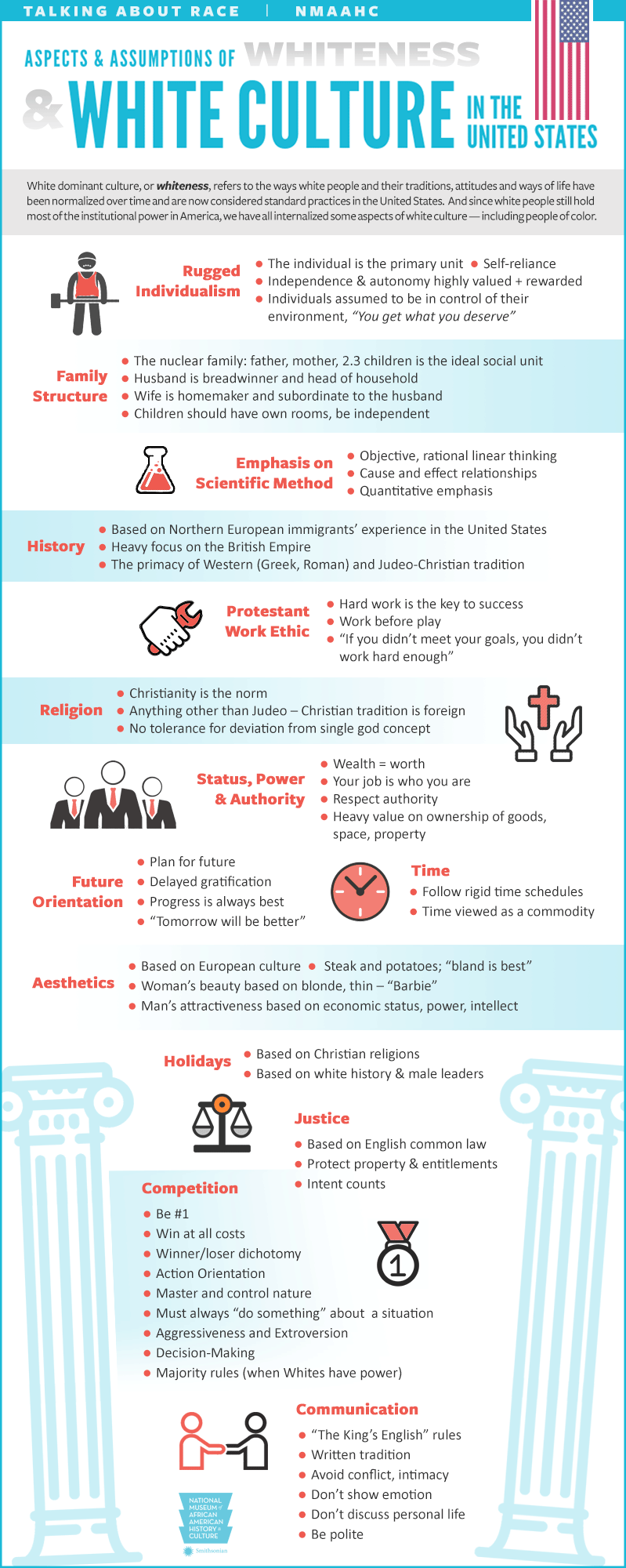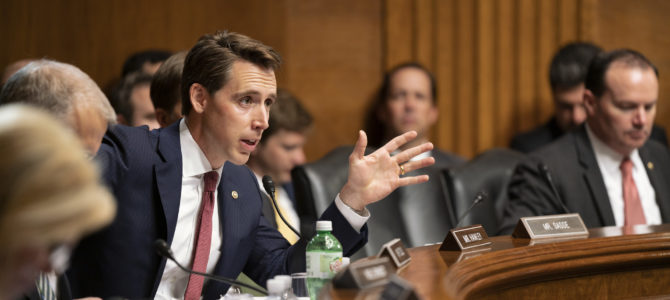The secretary of the Smithsonian Institute finally responded to Missouri Republican Sen. Josh Hawley’s demand for answers last week over its racist program identifying characteristics of “whiteness.”
In a letter exclusively obtained by The Federalist, Secretary Lonnie Bunch said the National Museum of African American History and Culture’s latest initiative, “Talking About Race,” which featured an anti-white curriculum, was merely meant to “assist the public in engaging in conversations about race.”
The program under fire for prominently presenting a controversial “Aspects and Assumptions of Whiteness in the United States” chart removed the material following backlash over its racist assertions about white people that were compiled by a group of left-wing academics including “White Fragility” author and architect of critical race theory Robin DiAngelo.
“We recognize that a specific chart presented de-contextualized information that did not contribute to productive, informed conversations,” Bunch conceded. “We erred in including the chart, and therefore we eliminated it from our portal.”
The chart in question, shown below, claims key characteristics of white people include possessing a “master and control nature,” and “aggressiveness,” where women’s beauty is “based on blonde, thin – ‘Barbie'” while men’s attractiveness centers on “economic status, power,” and “intellect.”

Bunch, who wrote back to Hawley days after missing the senator’s dated deadline for Wednesday last week, largely dodged specific questions with vague answers and reasserted that the mission of the program, which was reviewed by multiple levels of museum authorities, according to the letter, was to “raise issues for discussion.”
“The ‘Talking About Race’ website claims the material is meant to provide an ‘opportunity to engage in thoughtful, respectful, and productive conversations’ about race in America,” Hawley wrote last week. “However, the materials published under this initiative – some of which have recently been removed from public scrutiny – appear to embrace ideas likelier to foment racial division than mutual respect and understanding.”
Hawley continued, outlining several traits scholars claimed were unique to “white culture,” which included “‘Self-Reliance,’ ‘The Nuclear Family,’ ‘Objective, rational linear thinking,’ ‘Hard work is the key to success,’ ‘Plan for the future,’ ‘Quantitative emphasis,’ ‘Intent counts,’ and ‘Be polite.'”
“The claim that these qualities and commitments – ideas Americans of all races have traditionally celebrated and strived to teach their children – are distinctive to white Americans would be troubling enough given its implication that they are foreign to Americans of color,” Hawley wrote. “However, the position of the Smithsonian, as suggested by the materials prior to their removal, appeared to be more troubling: that these attributes are actually emblems of ‘structural racism’ in American life to be rejected rather than embraced.”
Bunch said the museum was in the process of reviewing feedback from the material and was “conducting a comprehensive review of the site to ensure that it remains a helpful took in fostering meaningful dialogues.”
On questions about funding for the project and whether payments were made to DiAngelo, Bunch clarified the project was paid for with a $2 million grant from Atlantic Philosophies .
“The Museum made no payments to Robin DiAngelo nor any of the other referenced scholars,” Bunch wrote. “There are no programs planned involving those individuals.”







